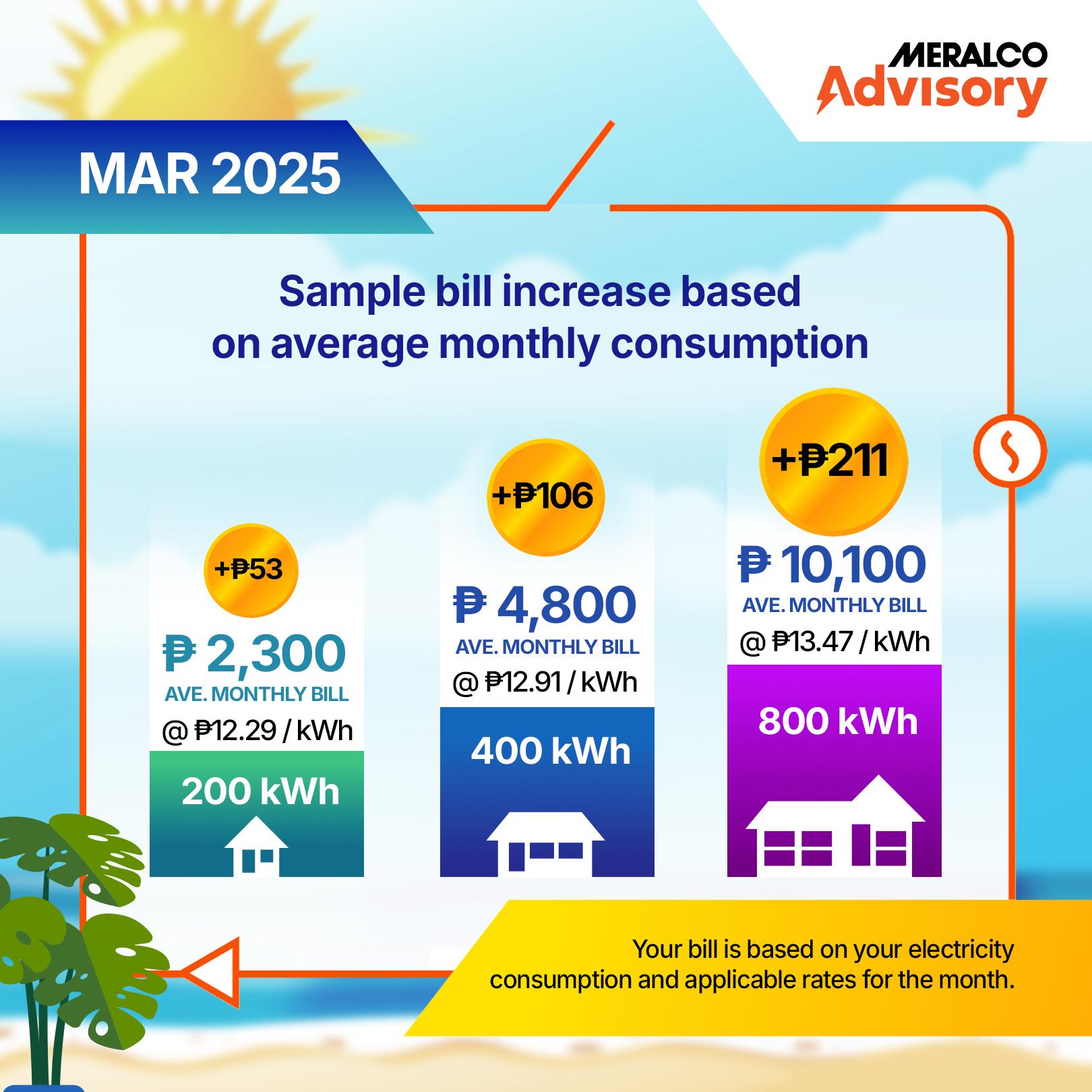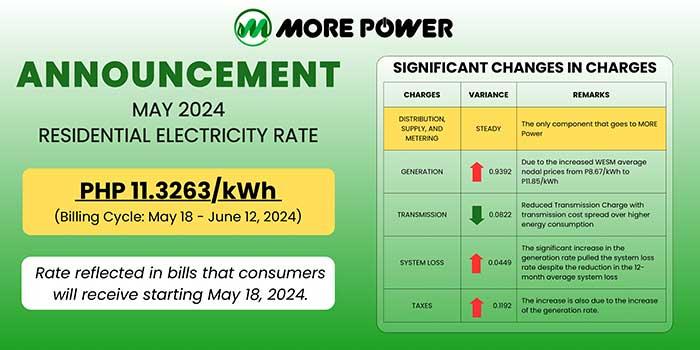

Kwh Price Philippines: Understanding Electricity Rates and How to Save
Electricity is an essential part of daily life, powering everything from our homes to businesses. If you live in the Philippines, understanding the Kwh price or cost per kilowatt-hour is vital for managing your electricity bills and budgeting wisely. In this comprehensive guide, we will walk you through the current Philippine electricity rates, factors influencing the cost, and practical tips to cut down on energy expenses without compromising your lifestyle.
What is Kwh Price and Why is It Important in the Philippines?
Kwh stands for kilowatt-hour, a unit of energy that measures electricity consumption. The Kwh price Philippines refers to how much one kilowatt-hour of electricity costs consumers in the country. Understanding this price helps households and businesses monitor their energy use and identify opportunities to be more energy-efficient.
Electricity costs in the Philippines can be significantly higher compared to some other countries due to factors such as fuel prices, infrastructure, and regulatory policies. Hence, knowing the latest kWh price allows you to plan budgets better and encourages energy conservation.
Current Kwh Price in the Philippines (2024)
As of 2024, the average electricity rate per kWh in the Philippines ranges from Php 9.50 to Php 13.50, depending on your location and electric distribution utility (DU). Metro Manila and other urban centers typically experience slightly lower rates due to competition and infrastructure, while more remote provinces may face higher charges.
| Location | Average Kwh Price (Php) | Electricity Provider |
|---|---|---|
| Metro Manila | 9.50 – 11.00 | MERALCO |
| Cebu | 10.00 – 12.00 | CEBECO |
| Davao | 10.50 – 12.50 | DECO |
| Provincial Areas (e.g., Palawan) | 11.00 – 13.50 | Local Electric Cooperatives |
Note: The prices above include generation, distribution, and other charges consolidated into the final kWh price paid by consumers.
Factors Affecting Electricity Rates in the Philippines
Understanding what drives the changes in electricity costs can help you anticipate price fluctuations and even influence policy advocacy:
- Fuel Prices: The Philippines partly relies on imported fossil fuels like coal and oil, whose prices fluctuate globally, impacting electricity generation costs.
- Generation Mix: The proportion of coal, natural gas, hydro, and renewables in the power mix affects costs. Renewables tend to be cheaper long-term.
- Distribution and Transmission Costs: Delivery charges imposed by power distributors and operators affect the overall kWh price.
- Government Policies and Taxes: Subsidies, taxes, and regulatory decisions influence electricity pricing.
- Demand and Supply: Higher demand during certain seasons (e.g., summer) may increase prices.
Practical Tips to Reduce Your Electricity Bill
By adopting smart habits and energy-efficient technologies, you can mitigate the impact of rising kWh prices in the Philippines. Here are some practical tips:
- Switch to Energy-Efficient Appliances: Use devices with good energy star ratings to lower power consumption.
- Unplug Idle Devices: Many appliances consume power even when turned off but plugged in.
- Use LED Lights: They consume up to 80% less energy and last longer than traditional bulbs.
- Optimize Air Conditioning Use: Set thermostats to energy-saving levels and regularly clean filters.
- Consider Solar Panels: Solar power can drastically reduce dependency on grid electricity and lower long-term costs.
- Monitor Your Consumption: Track your electricity usage via your billing statements or smart meters.
Real-Life Case Study: Saving Electricity in a Manila Home
Maria, a homeowner in Quezon City, noticed that her monthly electricity bills increased during summer, reaching Php 6,000 at peak. After researching the Kwh price in the Philippines, she took steps to bring down consumption:
- Replaced all incandescent bulbs with LED equivalents.
- Installed a solar water heater to reduce the electric water heater’s usage.
- Scheduled aircon usage to only daytime hours and opened windows at night for ventilation.
- Unplugged chargers and unused devices.
Within 3 months, her electricity bills fell by 30%, saving roughly Php 1,800 per month. Maria’s story highlights how understanding the kWh price and applying energy-saving tips deliver tangible savings.
Understanding Your Electricity Bill Breakdown
Knowing how charges are broken down on your bill can provide further insights into where costs accumulate. Here is a simplified breakdown:
| Charge Type | Percentage of Total Bill | Description |
|---|---|---|
| Generation Charge | 40% – 50% | Cost of producing electricity from power plants |
| Distribution Charge | 25% – 30% | Charge for delivery and maintenance of power lines |
| Transmission Charge | 10% – 15% | Cost of moving electricity from power plants to substations |
| Other Charges & Taxes | 10% | Government taxes, taxes, and end-user rebates |
Conclusion
Electricity costs in the Philippines-reflected in the kWh price-are an essential factor for consumers and businesses alike. With rates fluctuating primarily between Php 9.50 and Php 13.50 per kWh, staying informed enables Filipinos to budget better and adopt energy-efficient habits.
Remember, small changes such as switching to LED lights, using energy-efficient appliances, or investing in solar power can lead to significant savings over time. By understanding the breakdown of your electricity bill and the key factors influencing prices, you empower yourself to make smarter energy choices in the Philippines.
Stay updated on your area’s electricity rates and take proactive steps to reduce energy consumption – your wallet and the environment will thank you!






